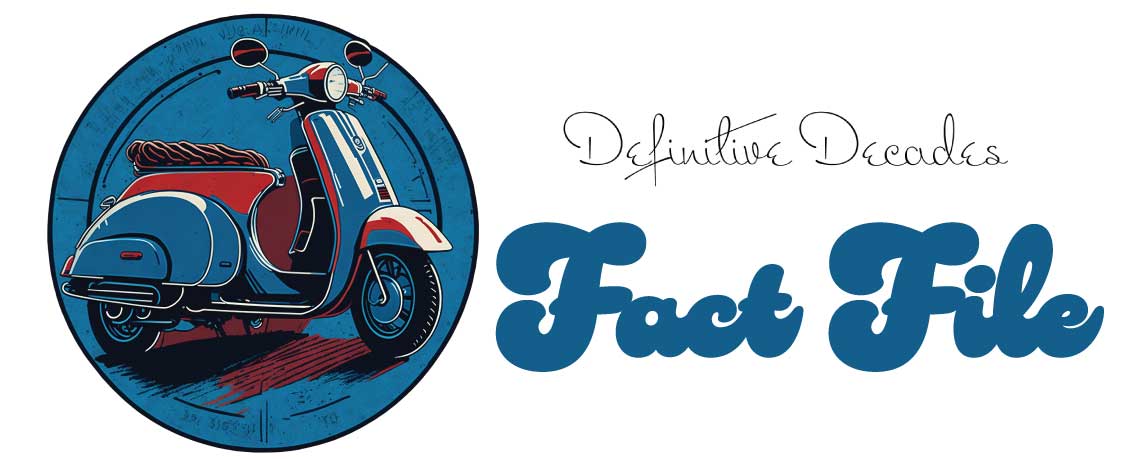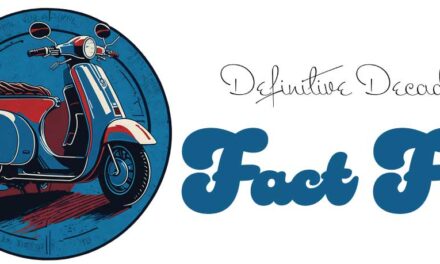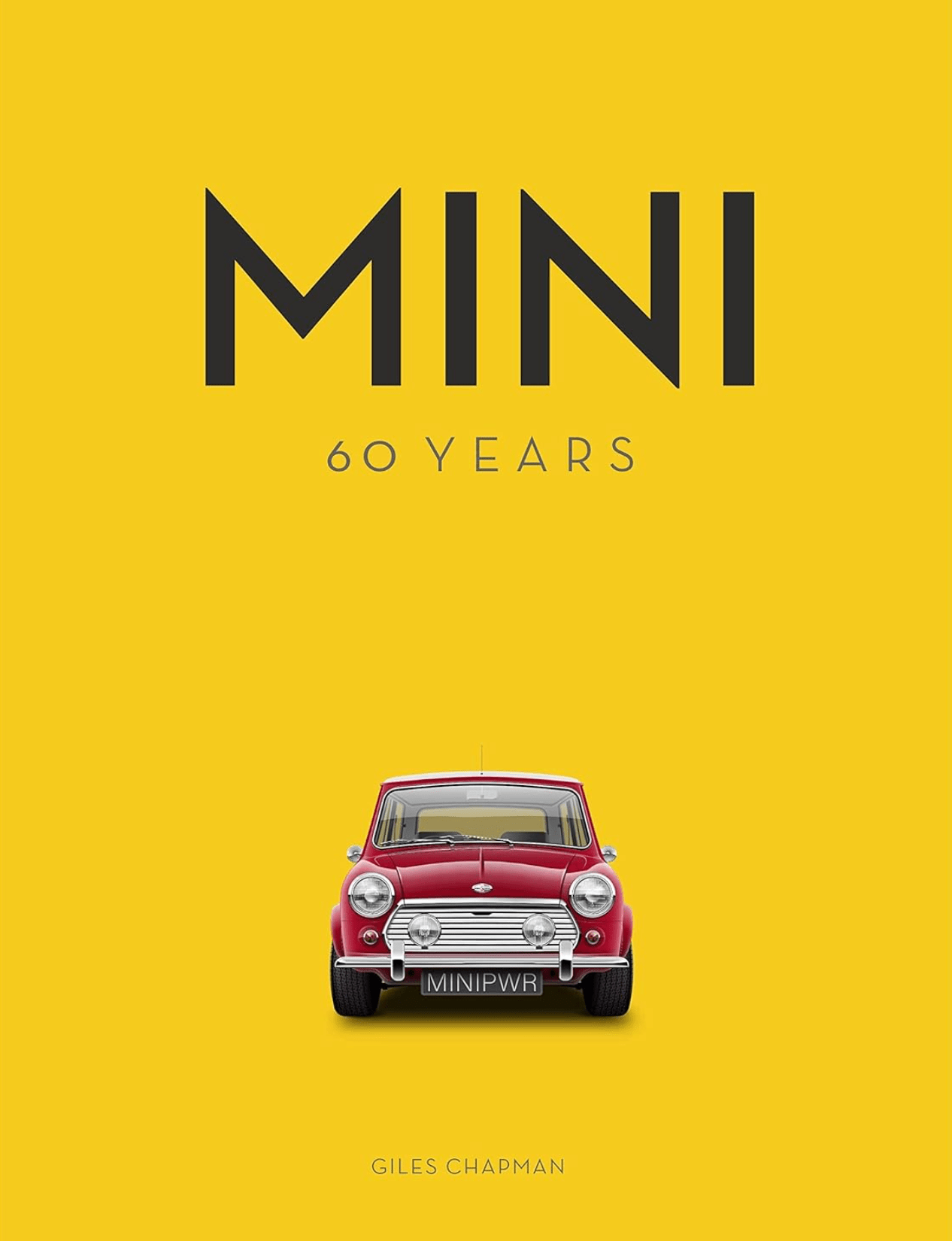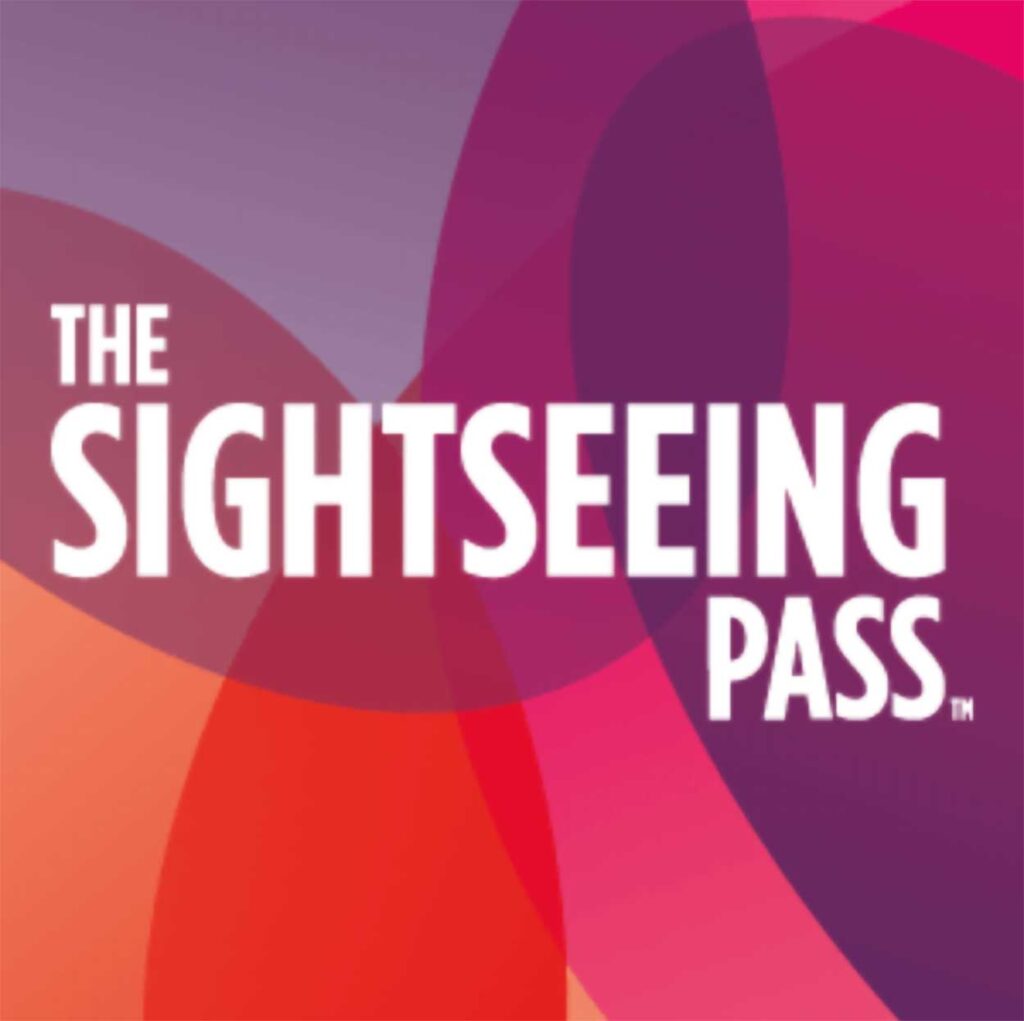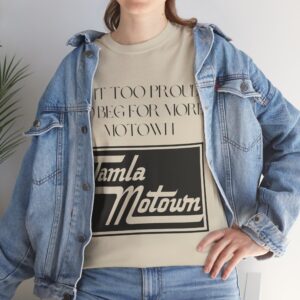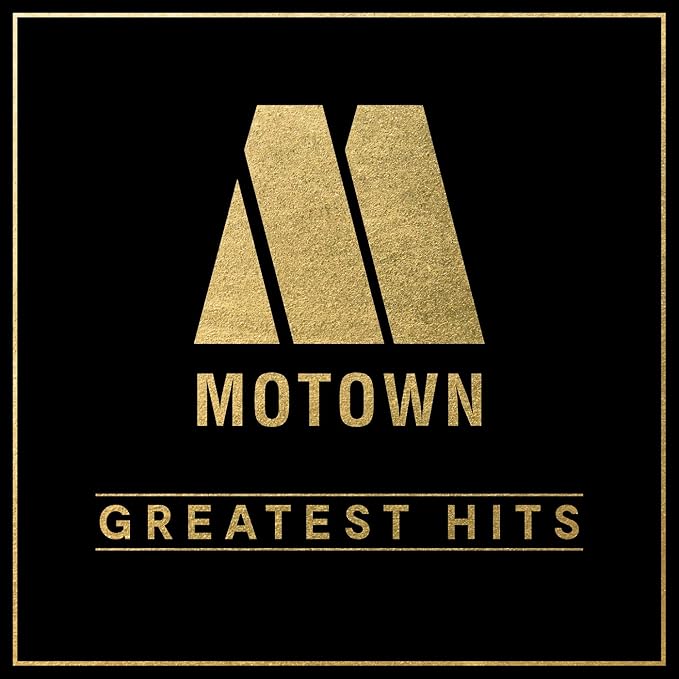Who Framed Roger Rabbit: A Classic Blend of Animation and Live-Action
Released in 1988, “Who Framed Roger Rabbit” is a unique and timeless film that seamlessly blends animation and live-action. Directed by Robert Zemeckis, this family-friendly adventure-comedy left a lasting impact on popular culture and set new standards for visual effects. The film was based on the novel “Who Censored Roger Rabbit?” by Gary K. Wolf and was released by Walt Disney Pictures and Amblin Entertainment.
Robert Zemeckis, known for his work on “Back to the Future” and “Forrest Gump”, helmed the directorial duties for “Who Framed Roger Rabbit.” The screenplay was written by Jeffrey Price and Peter S. Seaman, who successfully translated Gary K. Wolf’s novel to the big screen. With a budget of $70 million, the film’s production was a joint effort between Walt Disney Pictures and Steven Spielberg’s Amblin Entertainment.
The movie is set in a 1947 version of Hollywood, where cartoon characters, known as “Toons,” live alongside humans. The plot revolves around a private detective named Eddie Valiant, played by Bob Hoskins, who is hired to investigate a suspected affair involving Roger Rabbit, a beloved Toon character. As Eddie delves into this seemingly straightforward case, he uncovers a conspiracy that threatens both the Toon and human worlds. Alongside Eddie, the audience is introduced to a vivacious and innocent cartoon character, Roger Rabbit, whose journey too becomes entangled in the central conflict.
In addition to Bob Hoskins’ exceptional performance as Eddie Valiant, the film boasted an impressive cast. The role of Jessica Rabbit, Roger’s seductive and glamorous wife, was played by Kathleen Turner, while Charles Fleischer brought Roger Rabbit’s voice to life. The movie also featured a memorable performance by Christopher Lloyd as Judge Doom, the sinister villain, and Stubby Kaye as Marvin Acme, the eccentric owner of Toontown.
“Who Framed Roger Rabbit” received critical acclaim upon its release. Critics praised the seamless integration of live-action and animated characters, as well as the witty dialogue and the film’s unique and immersive world. Audiences were equally enthralled by the film, appreciating its innovative storytelling and vibrant animation. The movie was a commercial success, earning over $330 million worldwide.
The film achieved remarkable visual effects, as the animated characters interacted convincingly with the live-action environment. “Who Framed Roger Rabbit” received three Academy Awards for Best Film Editing, Best Sound Editing, and Best Visual Effects. The film’s impact on popular culture cannot be underestimated, as it showcased groundbreaking techniques that influenced subsequent movies.
“Who Framed Roger Rabbit” left an enduring legacy within the entertainment industry. The film spawned numerous merchandising opportunities, including video games, toys, and collectibles. Despite the success, no direct sequels were made, although discussions and plans for a follow-up have surfaced over the years. However, in 2016, it was announced that a prequel centered around the character of Jessica Rabbit is in development, titled “Who Discovered Roger Rabbit.” Though not directly linked to the original film, this new project will further explore the beloved characters.
In conclusion, “Who Framed Roger Rabbit” is a groundbreaking film that set new standards for visual effects and storytelling. Through its clever blend of animation and live-action, the movie captivated audiences and received critical acclaim. With an unforgettable cast and a well-crafted plot, the film left an indelible mark on popular culture and continues to be enjoyed by viewers of all ages.

